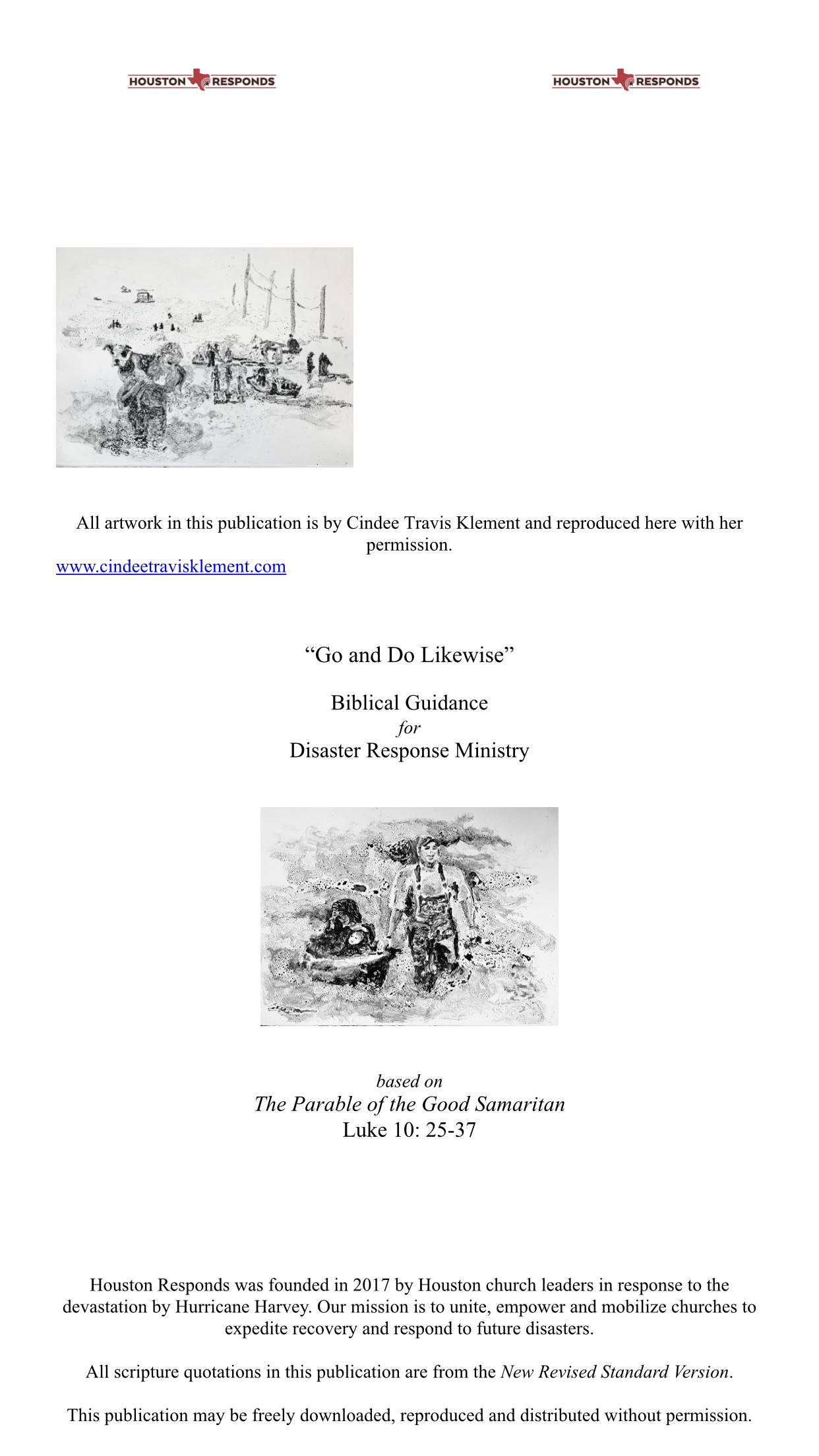My day started with an empty tank. I was ready to roll and I had to run refill my argon tank. :(
really irritating
Refilling my Argonne tank.
After lunch I finally got to work. Yesterday, I started the pig’s groin. I figured a pig’s groin looks like a dog’s groin. Not true - I decided to double check, and it turns out pig groins are pudgy and round. Dog groins are more like an empty bowl. It’s good I checked!
Here are images I used for reference. I googled “pig groin” and .....you don’t want to do that. People only post images of pig groins that a Veterinarian should see. I then googled “carrying a pig”. The below image shows how pudgy their grojns are.
Once I lay the lath over the armature, it will look a lot different. It looks weird now. I only put the armature at places that protrude. In the concave places, I will press the lath in. That is why the nose looks bizarre.
I can’t wait until tomorrow to do the hands. :)
































































































